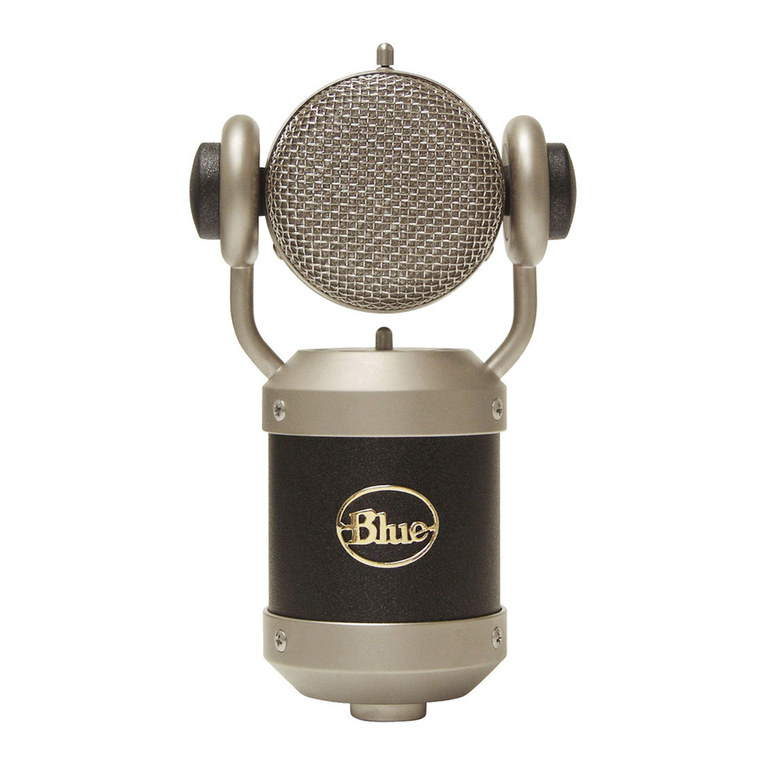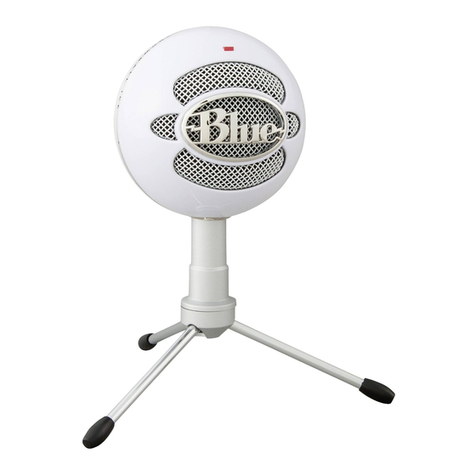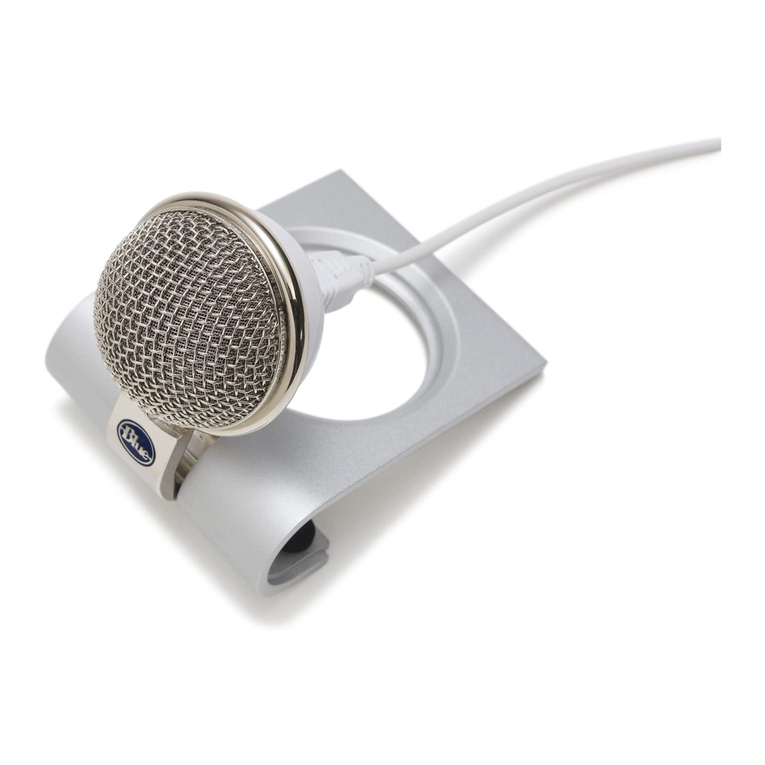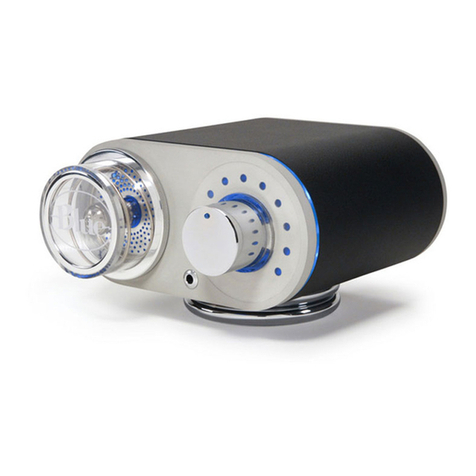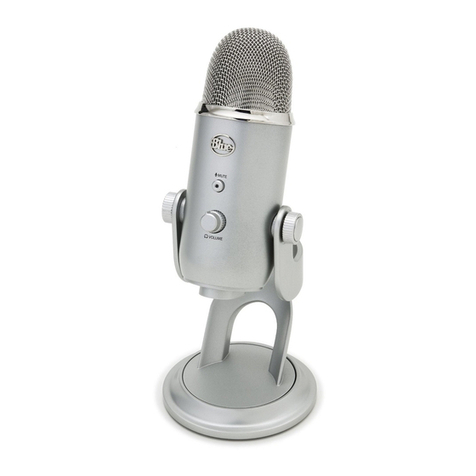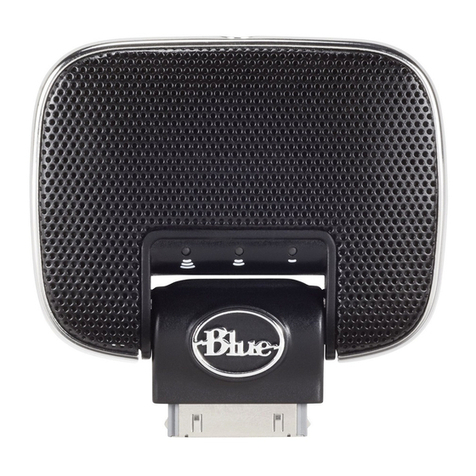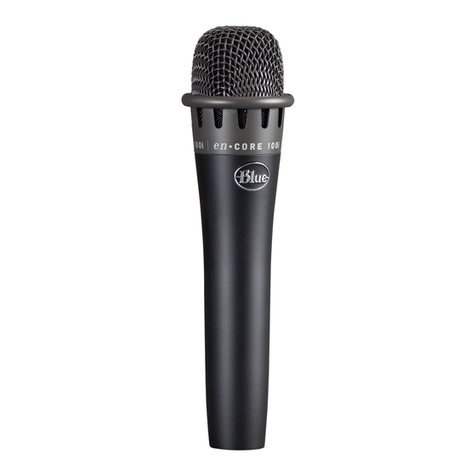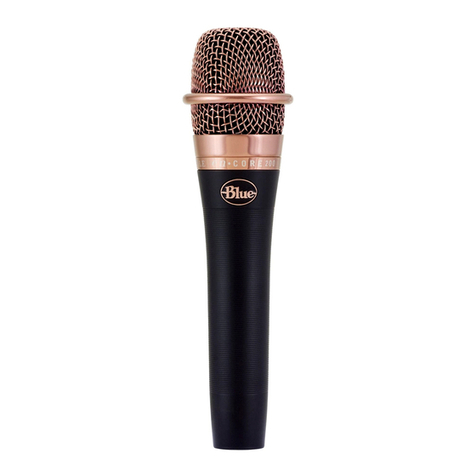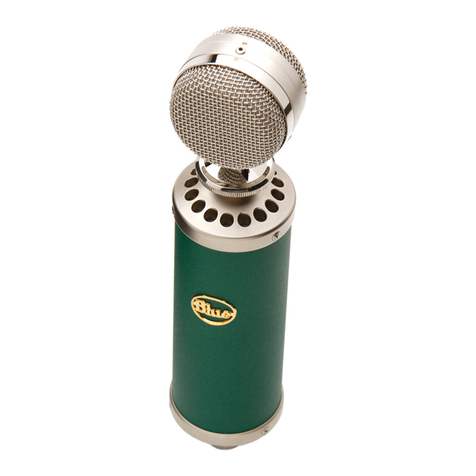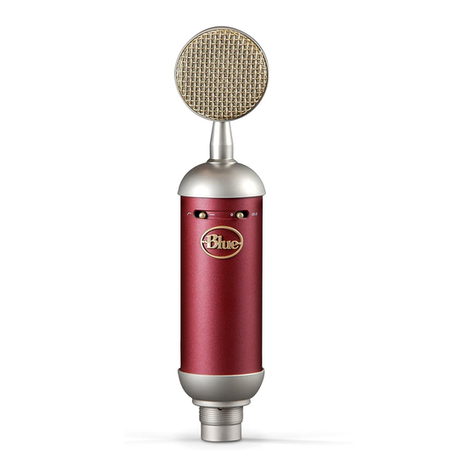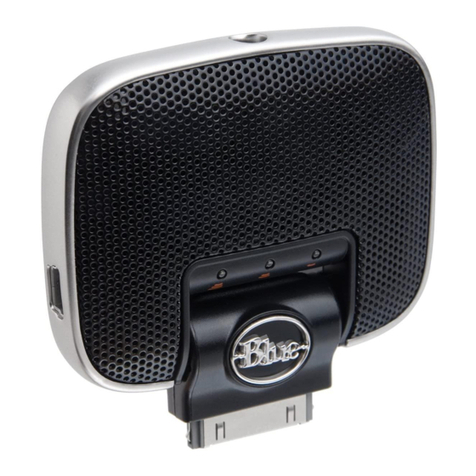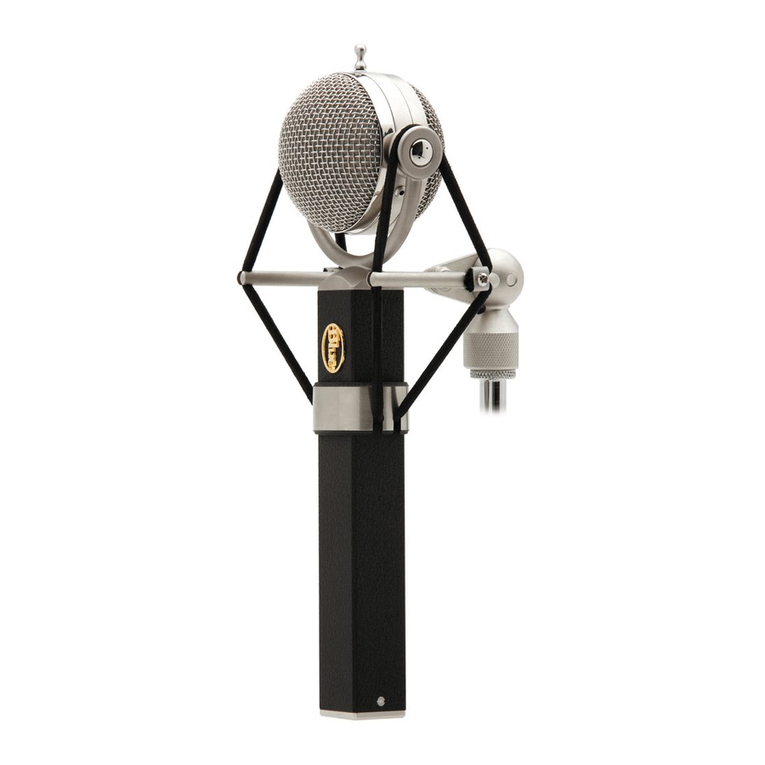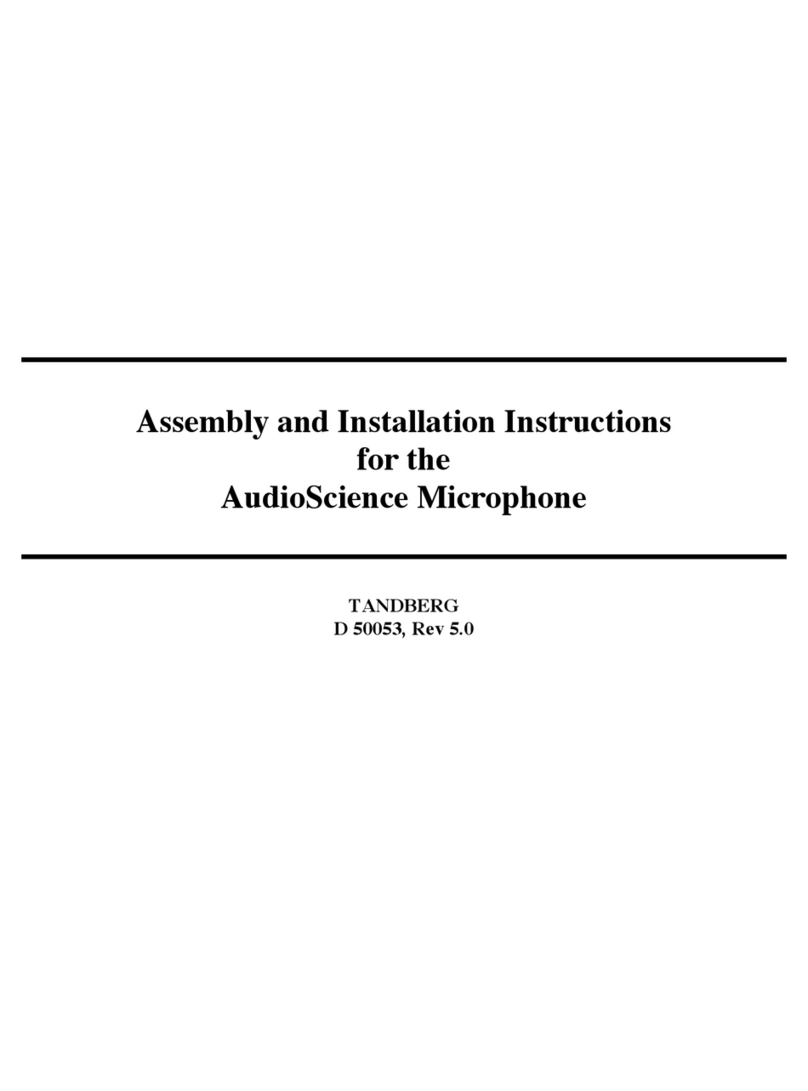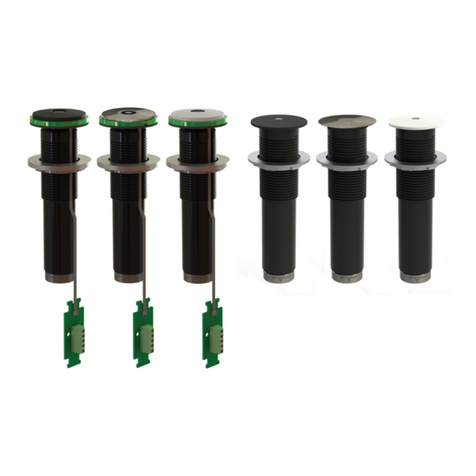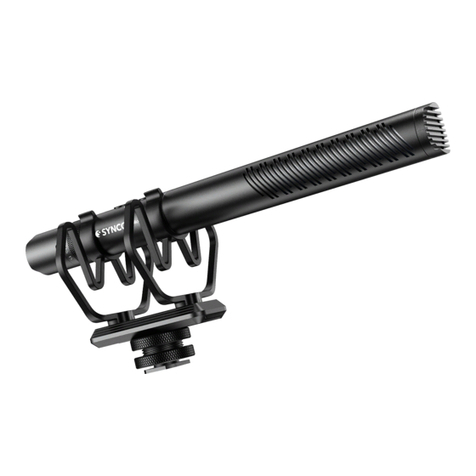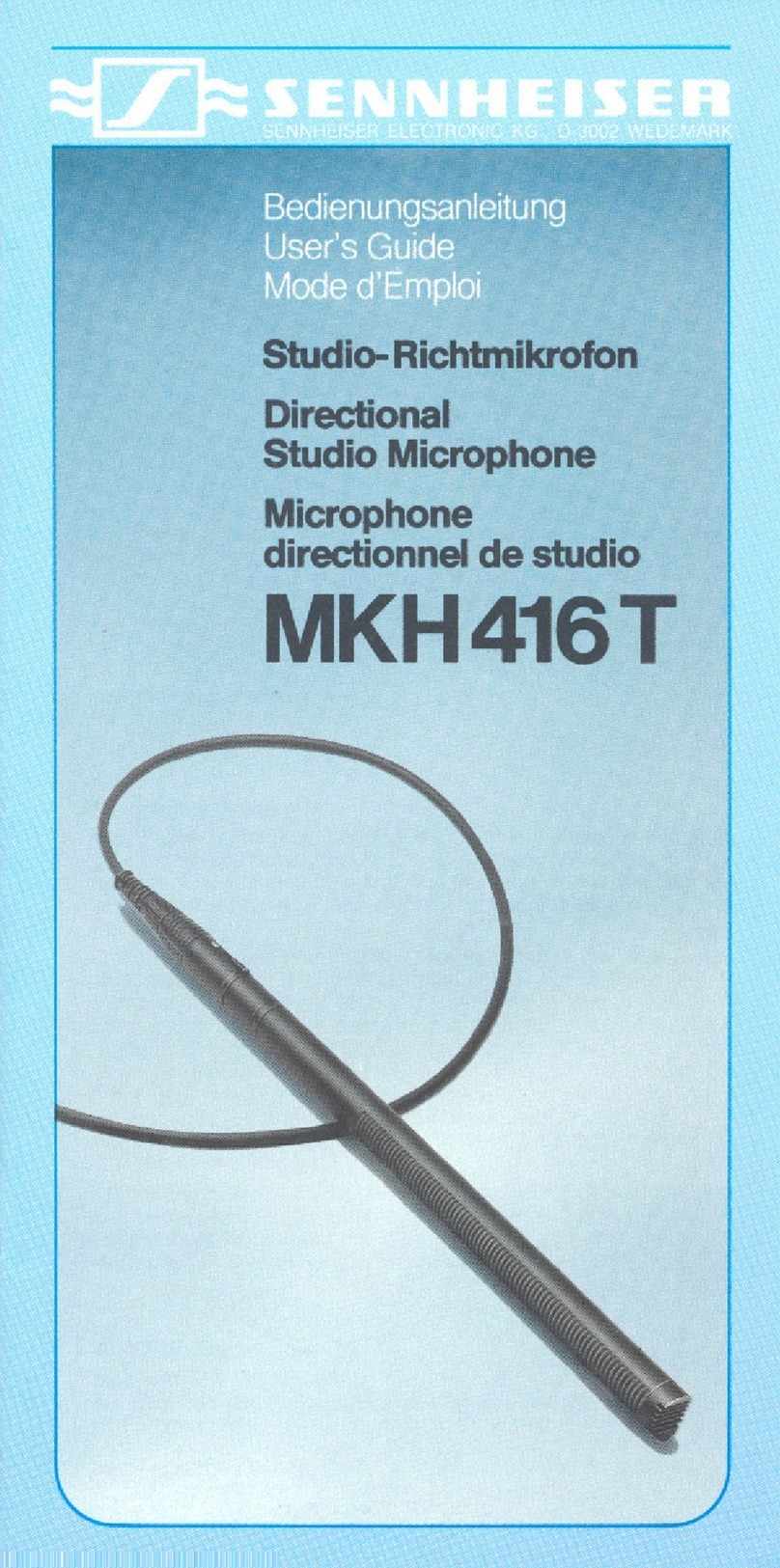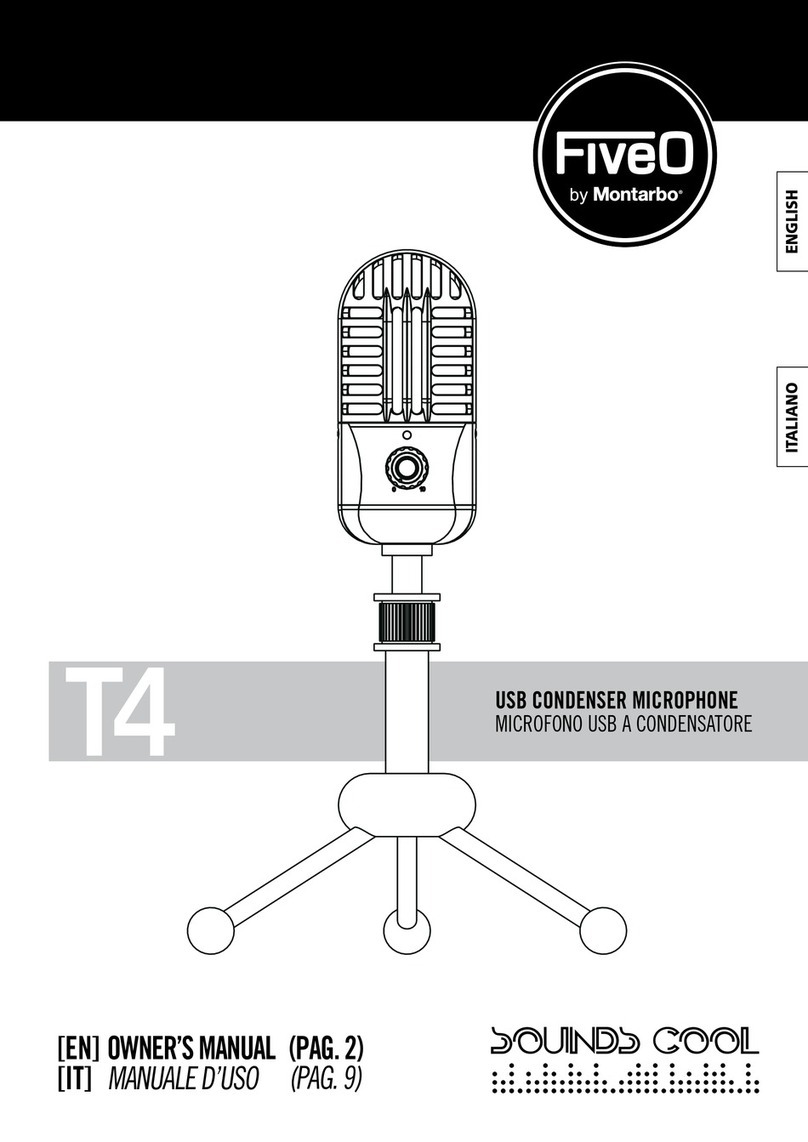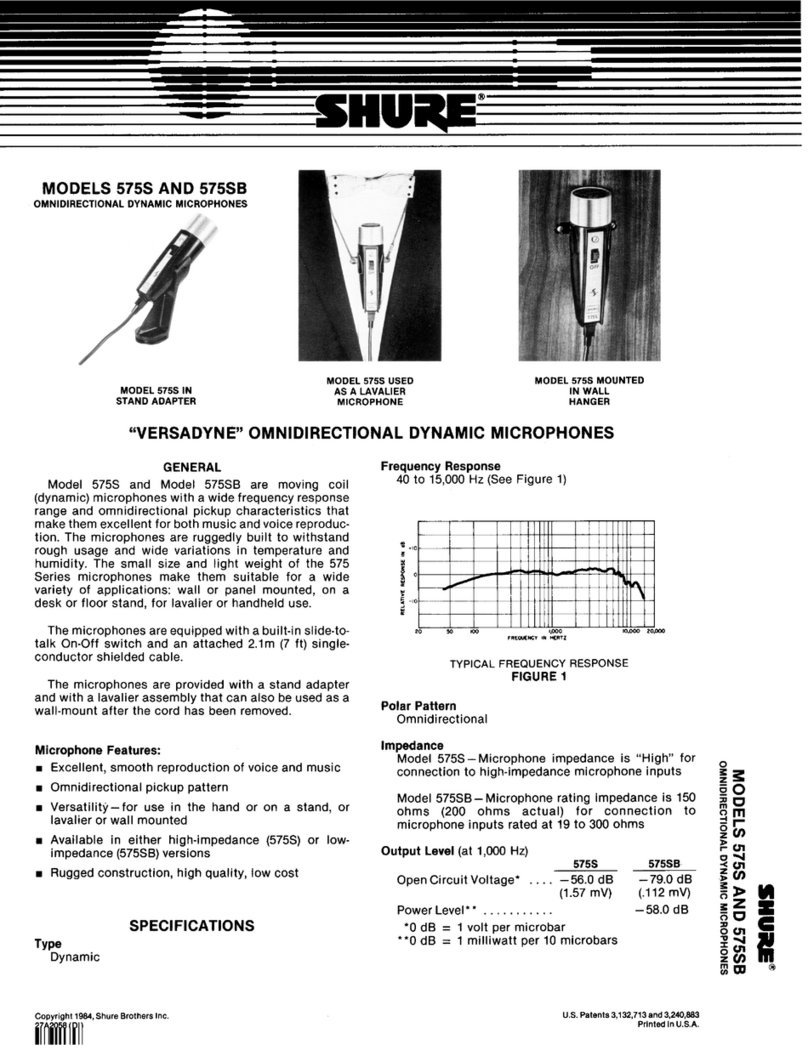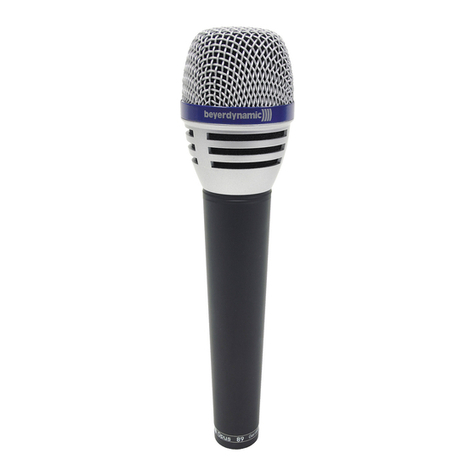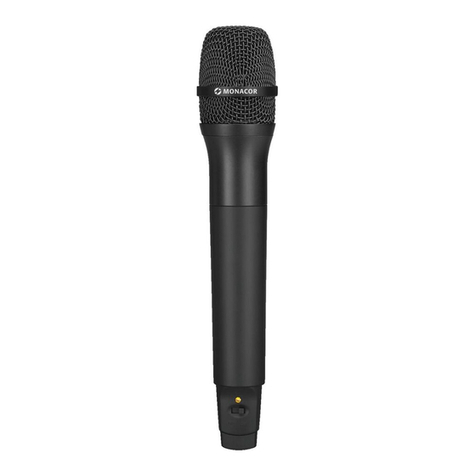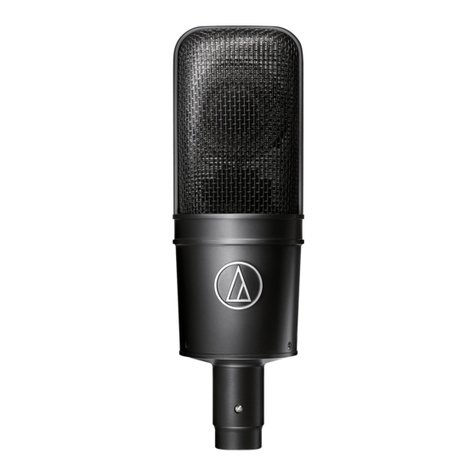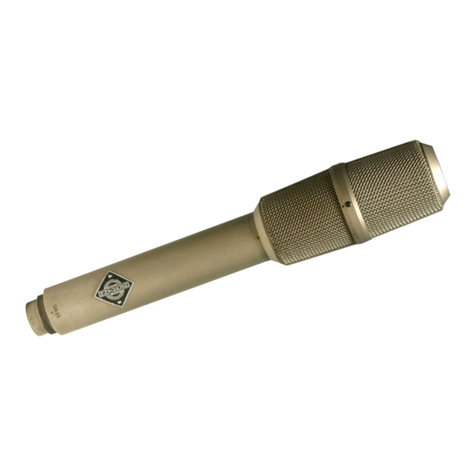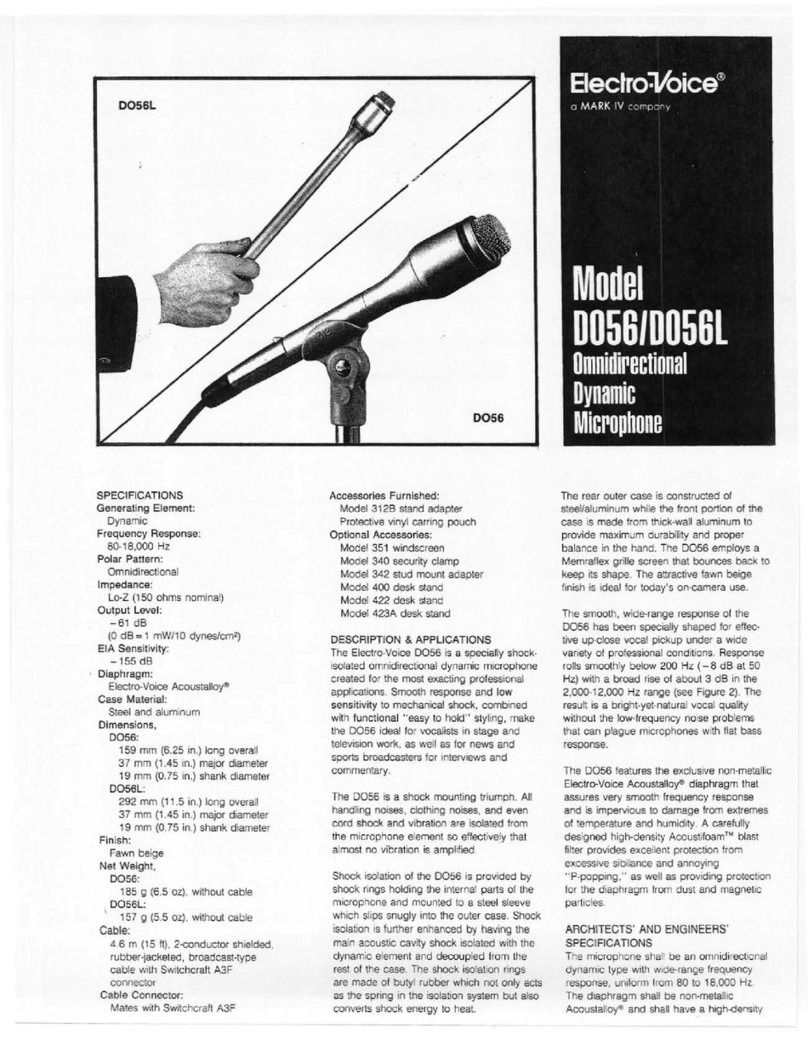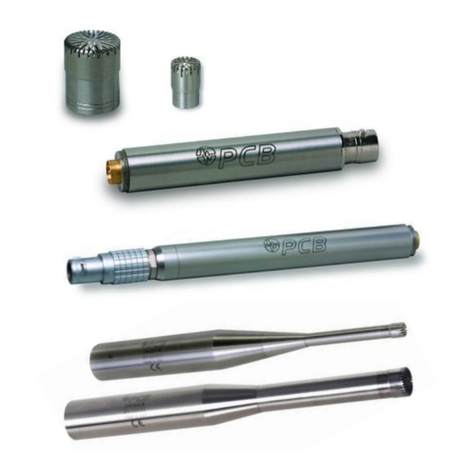ongratulations on your purchase of the the BLUE
Dragonfly, a classic modern microphone made the
old-fashioned way, without compromise.
Like its insect cousin, the Dragonfly is fast, maneu-
verable, beautifully engineered, and wonderful to
look at. Fortunately, unlike its namesake, BLUE's
Dragonfly won’t fly away the moment you open the
case, and it doesn’t eat mosquitoes. In order to
familiarize yourself with this microphone’s special-
ized and unique features, please take the time to
read this manual, and be sure to try the suggested
recording tips. With proper care and feeding, this
Dragonfly will reward you with many years of
recording enjoyment.
The Dragonfly is a pressure-gradient cardioid condenser
microphone, employing the BLUE single-membrane
large diaphragm capsule. For this hand-crafted
diaphragm we have selected a 6-micron mylar film,
sputtered with a mixture of pure gold and aluminum.
Enclosed within a rotating spherical grille, the cap-
sule can be positioned and adjusted in the smallest
of spaces. This innovative design offers fine-tuning
and precise placement to please the most discerning
recordist, combined with an ease of use that is
without equal among either vintage or contempo-
rary microphones.
The microphone’s electronics are class A discrete, with
transformerless output. In plain English, this means
that the sound which arrives at the diaphragm is
transduced (converted to electrical energy) as accu-
rately as possible, with minimal coloration and no
integrated circuits (a.k.a. “IC’s”) in the signal path.
In other words, what you hear is what you get!
The Dragonfly’s overall sonic character is neutral
and always pleasing to the ear, making it an ideal
microphone for recording vocals, drums and percussion,
electric guitar, bass, and any acoustic instrument
including “difficult”sources like saxophones and
stringed instruments.
the soundhole to capture a blend of low end and pick
sound. If you need more lows, move the microphone
closer to the soundhole. For more high end detail,
move the Dragonfly farther from the guitar, either
at the same neck position, or above the instrument
up by the guitarist’s head.
Drums
The Dragonfly’s slim profile, rotating capsule, and
fast transient response offer numerous advantages
when recording drums. For kit and hand drums, begin
by placing the microphone two to four inches above
the rim or hoop (where the head is secured to the
shell). Angle the capsule toward the player’s stick or
hand to pick up more attack and definition. Turning
the capsule toward the shell will soften the sharp
attack of a hand drum, or pick up more of the bright,
crackling buzz from a snare. Moving the microphone
closer to a drum generally increases the low end,
shell resonance, and separation from other sound
sources, while more distant placement emphasizes
the interaction of the drum and the environment,
producing a blended, airier sound.
Saxophones and Reeds
The smooth, natural high end response of the Dragonfly
makes it an ideal choice for miking saxophones and
other reed instruments. For soprano sax, clarinet and
related instruments, position the mic directly above
and in front of the keys between the middle of the
horn and the lowest pads. Try rotating the capsule
or moving the mic up or down along the length of
the body to adjust the balance of airy highs (toward
the mouthpiece) and cutting midrange (toward the
bell). For other members of the saxophone family,
start by placing the Dragonfly two to six inches in
front of the lip of the bell. Turn the capsule up toward
the mouthpiece to capture more air, brightness, and
high notes. For a mellower sound, rotating the capsule
toward the floor emphasizes the low range of the
sax, and tames the biting upper mids that project
straight out of the bell.
Limited edition pairs of Dragonfly microphones, pack-
aged in a cherry wood box, are available by special
order. These sets, offered in custom colors, are
matched and measured in our anechoic chamber to
provide a balanced sound for critical stereo recording.
TECHNICAL DATA
Type of mic amplifier: Solid State Class A Discrete
Acoustic operating principle: Pressure gradient
Directional Pattern: Cardioid
Connector: 3 pin XLR-type
Frequency range: 20hz-20,000 hz
Sensitivity @ 1khz into 1 kohm: 21mV/Pa
Rated impedance: 50 ohms
Rated load impedance: not less than 1kohms
S/N ratio CCIR468-3: 76db
S/N ratio DIN/IEC 651: 87db-A
Noise level DIN/IEC 651: 7db-A
Maximum SPL for THD 0.5%: 132db
Dyn. range of mic amplifier: 76db
Supply voltage: 48V phantom powered
Net weight: 630g
Dimensions (mm): 165 x 60
Optional Accessories:
Cranberry (CB) or Kiwi (KB) high definition mic cable
C

